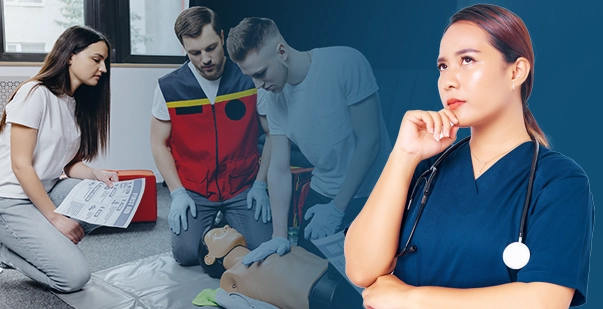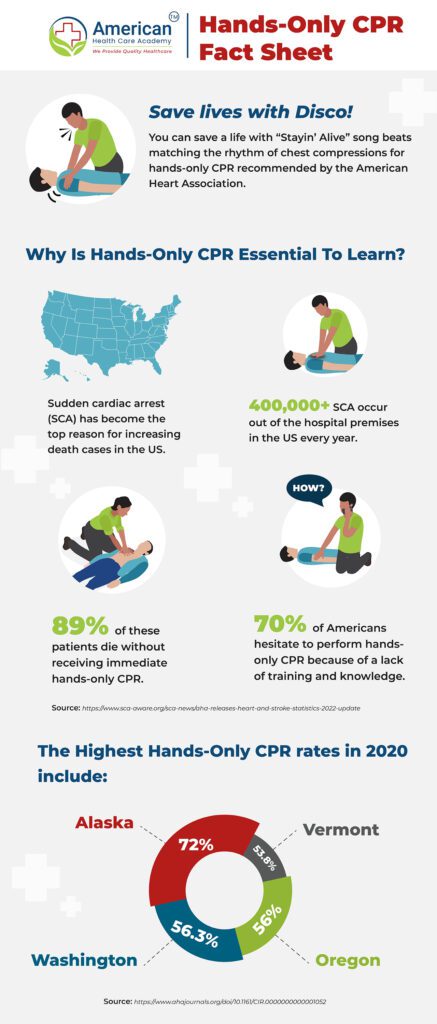
Last Updated On: September 9, 2024
More people worldwide die from cardiac arrest than from any other illnesses or accidents. Unfortunately, most people who experience cardiac arrest outside of a hospital don’t survive. The likelihood that someone will survive can be increased by performing CPR as soon as possible after cardiac arrest. But how successful is CPR? In this article, let’s examine the CPR success rate using certain data and figures.
Let’s see what are the odds of surviving CPR. CPR is an essential life-saving technique. There is still a chance of survival within the first four minutes after the arrest. Brain damage is not likely. Within 4-6 minutes, brain damage could start to approach the point of brain death. After reviving, the victim may continue to experience problems. Brain damage is likely to occur within 6 to 10 minutes. After 10 minutes, brain death can happen, and the prognosis for survival is poor.
Despite this, almost 70% of Americans are still afraid to perform CPR. As a result, people need to learn CPR and get CPR recertification once every two years. Individuals who have doubts about their ability to perform a resuscitation will do it confidently after learning CPR.

When started quickly enough after a cardiac arrest, CPR can double or even triple the likelihood of survival. Patients vastly overestimate CPR’s effectiveness. According to the researchers, the general public tends to overlook CPR’s potential drawbacks. They don’t believe it to be more successful than it is.
Cardiovascular arrest patients reported CPR survival rates between 19% and 75% in earlier trials. However, a study was published online in the Emergency Medicine Journal. As per the study, the actual chain of survival rate for cardiac arrests that occur outside of hospitals is around 12% and 24% – 40% for those that occurred inside of hospitals.
In the case of CPR given after a heart attack or cardiac arrest, there is an unsettling gender disparity. While the chance of assistance at home is comparable for both sexes, it is not in public settings. Comparatively to women, who only received 39% of CPR assistance in public following SCA, 45% of men did. This implies that men have a 23% better chance of surviving than women. Men are 1.23 times more likely to obtain assistance from onlookers.
Most non-hospital cardiac arrests requiring CPR take place in private residential settings, such as homes. Unfortunately, 7 out of 10 OHCA occur at home. It reduces the likelihood that bystanders may see it happen and administer CPR. This explains why there are still a lot of fatalities. Out-of-hospital cardiac arrests happening in public places have higher survival rates than arrests occurring at home. They can also precede ventricular fibrillation or pulseless ventricular tachycardia.
Time to get proper CPR training! Some people are not equipped to assist in a cardiopulmonary arrest. Additionally, a lot of individuals might not be aware that there is a quick, low-cost way to become certified in first aid, CPR, and AED use. It just takes a few hours to learn CPR, but it has the power to transform someone’s life forever. You can now learn CPR online! You can be prepared to assist in circumstances such as cardiac arrest by taking online CPR classes from the American CPR Care Association. We offer the best online CPR courses. Register for online CPR classes for adults, children, healthcare professionals, communities, and workplaces.

